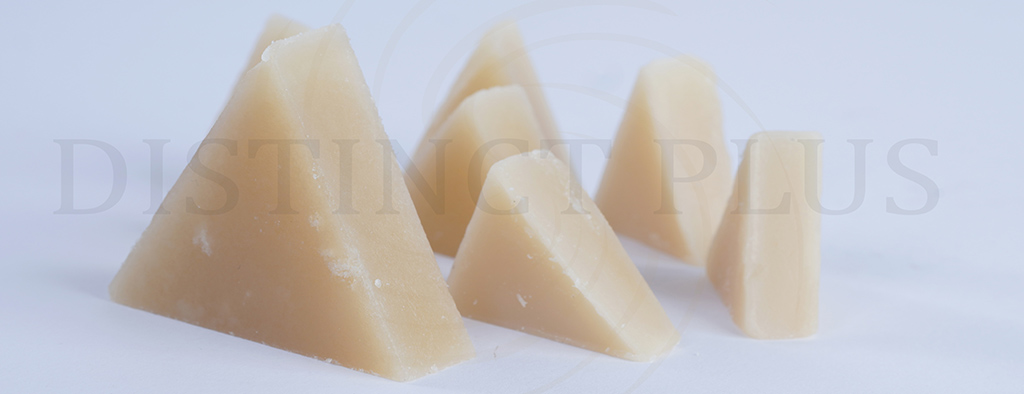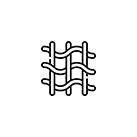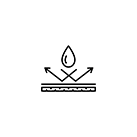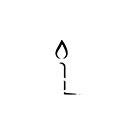A small percentage of crude oil is refined into lubricants, and a fraction of that is further processed to produce wax products. During vacuum distillation, paraffin and microcrystalline waxes are separated from lubricating oils.
Slack wax is a by-product of lubricating oil refining and is classified as part of the lubricating oils layer in the distillation reactor. It primarily consists of oil and wax and serves as a precursor to paraffin wax. Slack wax is typically yellow or brown in color and is categorized based on its melting point.
Applications of Slack Wax
• Candle manufacturing
• Wax emulsions
• Textile industry
• Insulation and glass wool
• Production of paraffin wax
Categories of Slack Wax
Light grades have melting points ranging from 50 to 52 degrees Celsius, while heavy grades melt between 53 and 55 degrees Celsius. Slack wax typically contains an oil content ranging from 5 to 30 percent.
Evaluation of Slack Wax
The price of the product is inversely related to its oil content, meaning a higher oil content corresponds to a lower price. Slack wax with 10% and 30% oil content is suitable for colder regions like Turkey, Russia, and Ukraine.
Desirable Traits
• Very light color
• High melting point
Packaging Options
• Used drum
• Oversized bag
• Flexitank
Storage Recommendations
To maximize the lifespan of the product, it is preferable to store it indoors. If indoor storage is not possible, it should be stored outdoors under cover, protected from direct sunlight, rain, and snowfall.
Safety, Health, and Environmental Considerations
Under normal conditions, this product is stable and is unlikely to cause irritation to the skin and eyes.




